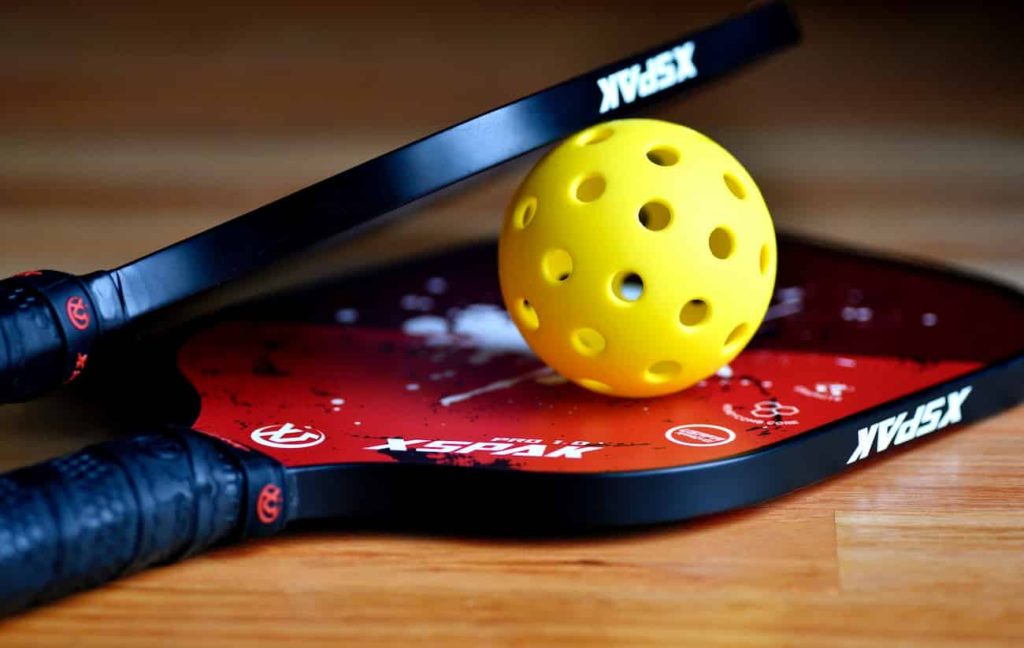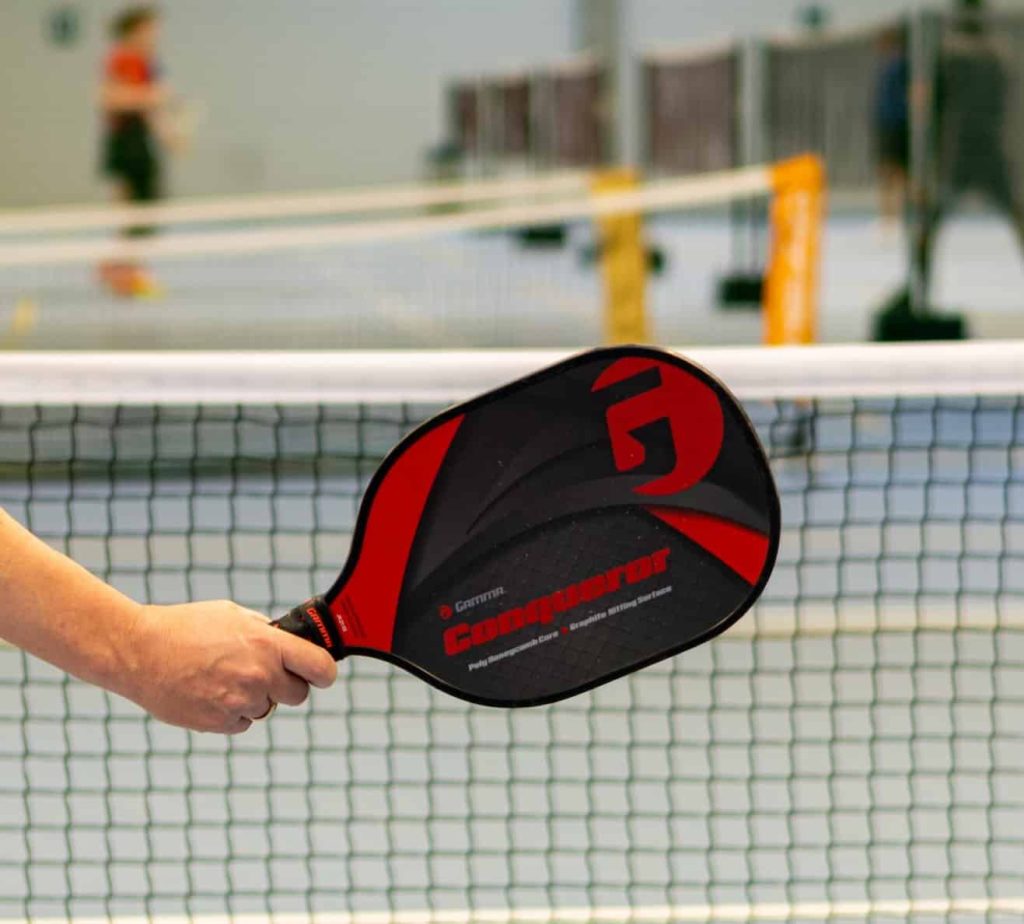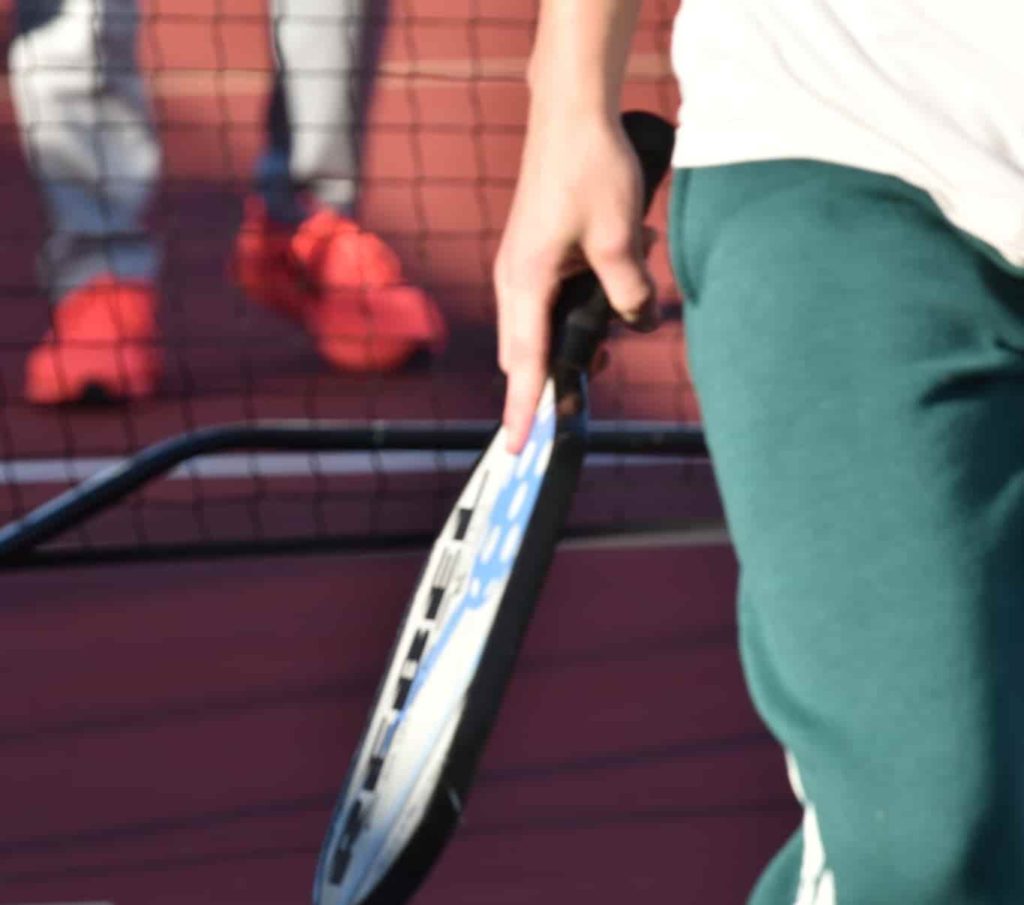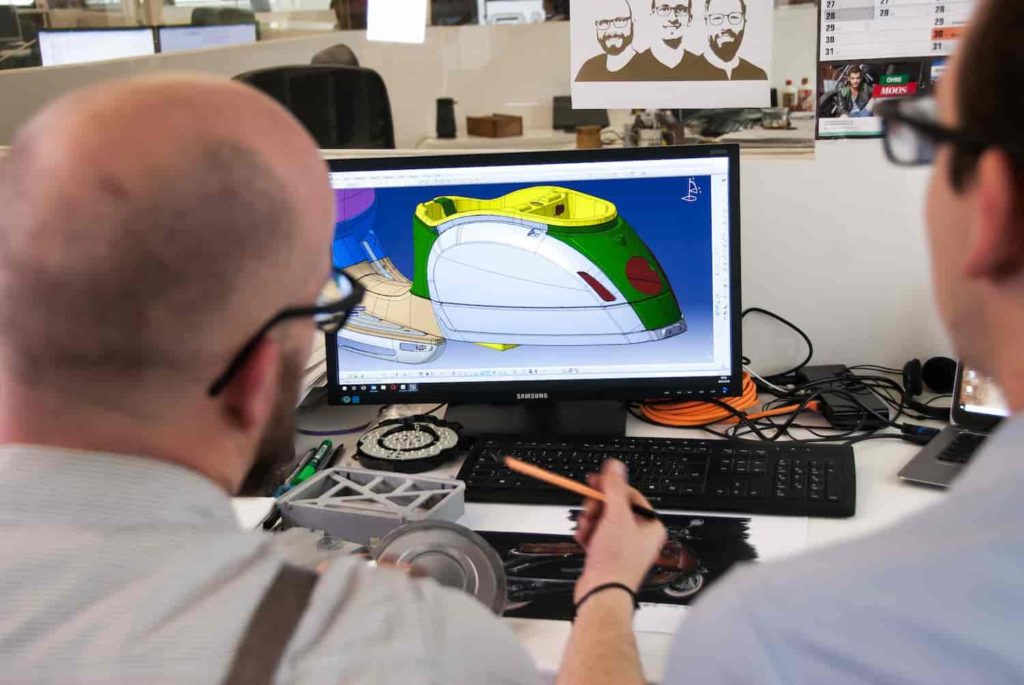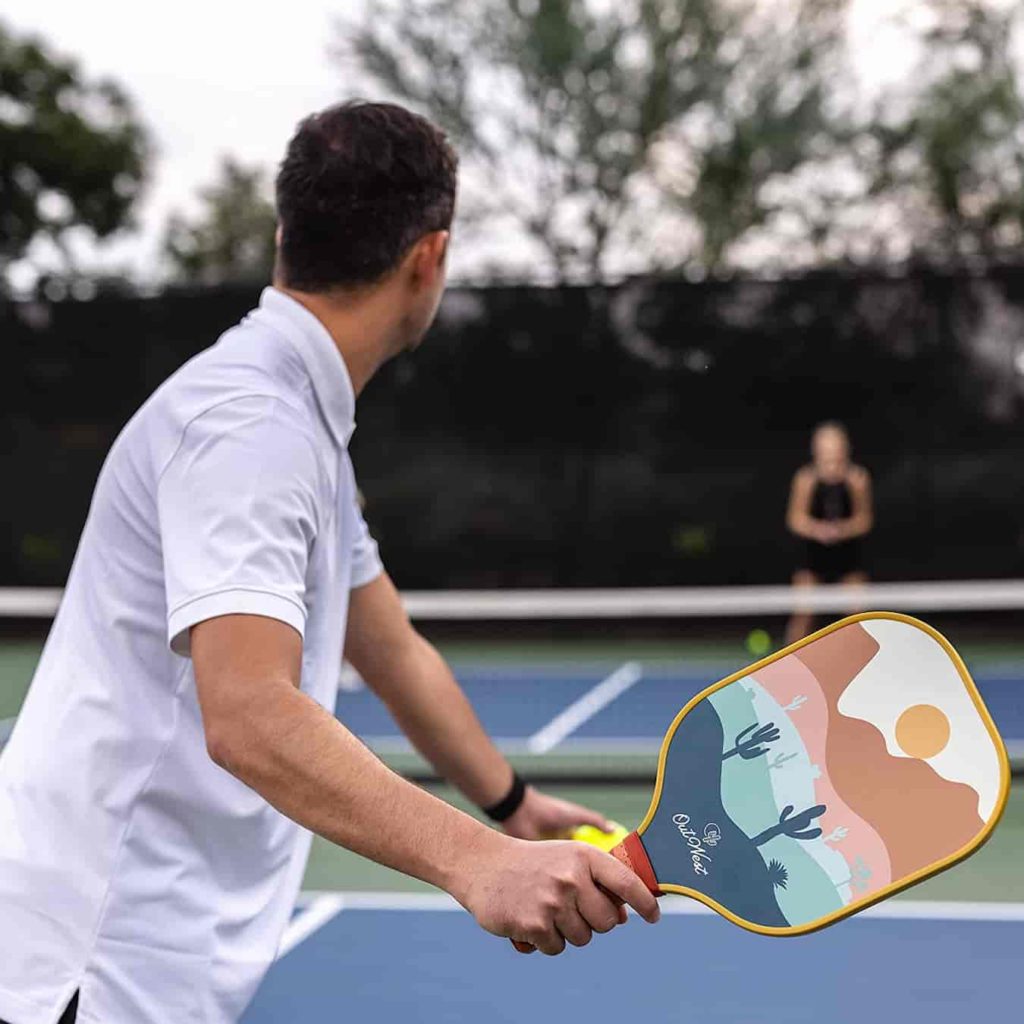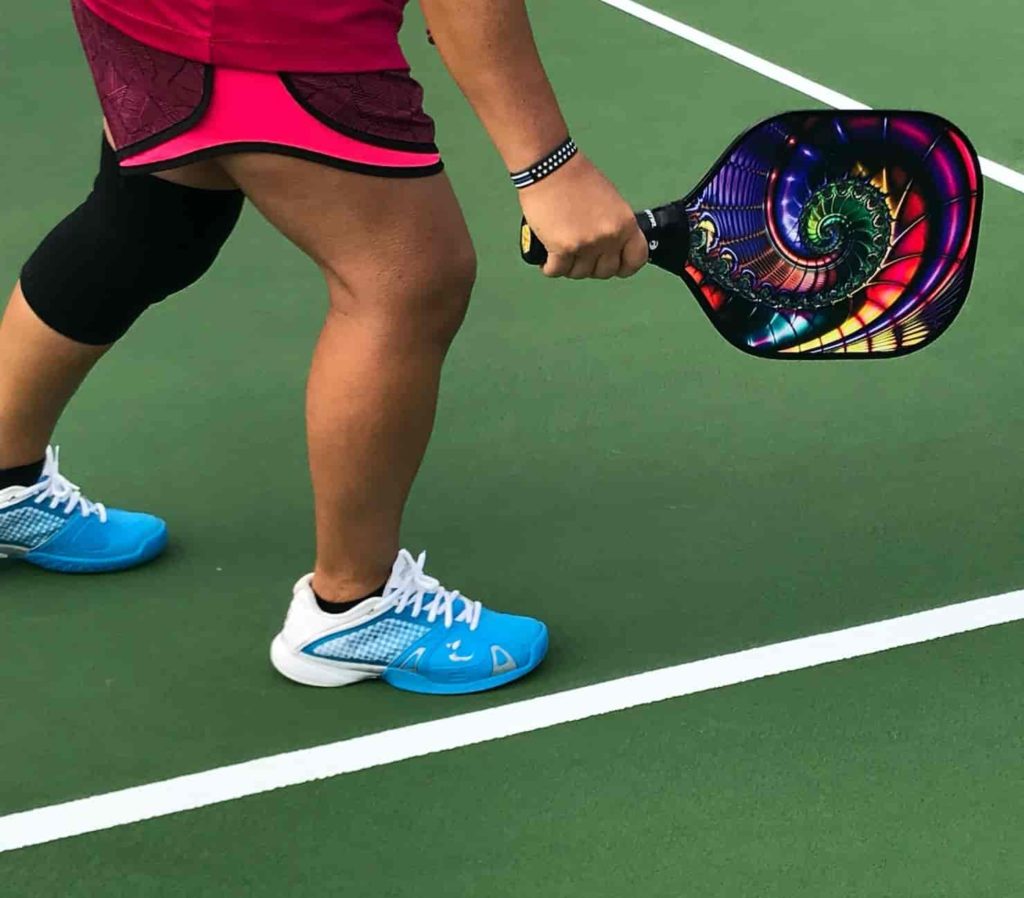The Rise of Pickleball
In recent years, pickleball has become one of the fastest-growing sports in the United States. This fast-paced game combines pieces of many racquet and paddle sports and is enjoyed by players of all ages and skill levels. Pickleball can be played both indoors and outdoors, making it a versatile sport that can be enjoyed year-round.
Despite its relatively new status on the sports scene, pickleball has already amassed a large following of dedicated players who take their equipment seriously. The quality of a player’s paddle can greatly impact their performance on the court, making the manufacturing process behind these paddles extremely important.
The Importance of Paddle Quality
Pickleball paddles are the primary tool used in gameplay. The design and construction quality of a paddle directly impact how well a player can perform on the court.
A high-quality paddle will allow players to hit shots with greater accuracy, control, and power than a lower-quality one. A subpar paddle may lead to shanks or mishits due to its poor construction or improper weight distribution.
As such, investing in a high-quality paddle is crucial for players looking to improve their game or take it to the next level. However, not all paddles are created equal – some are designed for beginners just starting out while others are crafted for more advanced play.
The Intricate Detail of Paddle Construction
Pickleball paddles are made with intricate detail and precision using advanced technology that ensures optimal performance on the court. The construction process consists of three main elements:
Core materials (polymer cores being the most popular
Face materials (graphite or composite faces being common)
Grip materials (rubber or cork grips being popular).
The core material is responsible for providing structure and impact resistance to the paddle. Polymer cores are a popular choice for their lightweight yet durable properties.
The face material of the paddle directly impacts the power and control a player has on their shots. Graphite or composite faces are often used due to their strength, stiffness, and lightweight nature.
Grip materials play a critical role in how well players can hold onto their paddles during gameplay. A comfortable grip ensures that players can maintain control over their shots for extended periods without experiencing slippage.
Creating Paddle Molds Through CAD Design
Designing paddle molds is an essential part of creating high-quality pickleball paddles. This process uses computer-aided design (CAD) software to create 3D models of potential designs that can be tested before production begins.
CAD allows designers to create molds with specific measurements and features that enhance performance on the court while also ensuring optimal weight distribution for easy handling. Once the CAD designs are complete, they move onto the next stage – injection molding – where polymer cores are created from the mold before being layered with face material, sanded down, and finished off with grips.
Pickleball paddles may seem like simple tools at first glance but there is an intricate manufacturing process involved in creating high-quality paddles that meet players’ needs on every level. From core materials to grip materials, manufacturers take every detail into account when creating these essential pieces of equipment used by millions across America today.
Materials Used in Paddle Construction
Core Materials
The core of a pickleball paddle is the foundation of the entire structure, providing stability, impact resistance, and weight distribution. Core materials used in paddle construction vary widely, each with its own unique properties. Polymer cores are a popular choice for their lightweight design and shock-absorbing abilities.
Aluminum cores offer more strength and durability while sacrificing some weight savings. Wood cores provide a traditional feel but are less commonly used due to their heavier weight.
Face Materials
The face of a pickleball paddle is what comes into contact with the ball during gameplay and can have a significant impact on performance. Graphite faces are popular among competitive players for their stiffness and power capabilities.
Composite faces offer a balance between stiffness and flexibility, providing more control over shots while still generating power when needed. Fiberglass faces are also an option, offering greater durability than other materials but sacrificing some power potential.
Grip Materials
A good grip on a pickleball paddle can make all the difference in gameplay, allowing players to maintain control over their shots without sacrificing comfort or causing excessive hand fatigue. Cork grips provide excellent comfort with good moisture wicking properties to keep hands dry during intense gameplay.
Rubber grips offer more tackiness for better grip while sacrificing some comfortability. Some paddles even feature hybrid grips that combine cork and rubber for the best of both worlds.
Overall, the materials used in pickleball paddle construction are carefully chosen to optimize performance without compromising on durability or weight savings. Each component plays an integral role in creating a high-quality product that can withstand intense gameplay while still performing at peak levels during every match.
Design and Manufacturing Process
CAD Design Process for Creating Paddle Molds
Creating the perfect pickleball paddle requires meticulous attention to detail during the design process. This is where computer-aided design (CAD) comes into play. Engineers use specialized software to create a digital model of the paddle, taking into account specific measurements and dimensions needed for optimal performance.
Every part of the paddle is carefully designed, from the shape of the handle to the thickness of the core and face materials. Once these digital models are perfected, they are used to create molds that will be used in the manufacturing process.
Injection Molding Process For Polymer Cores
The polymer core is an essential component of any pickleball paddle, providing stability and a consistent bounce on impact with the ball. To create these cores, manufacturers use a process called injection molding. First, polymer pellets are melted down and injected into a pre-made mold using high-pressure machinery.
The mold is then cooled rapidly to ensure that it retains its shape. The result is a lightweight but durable core that can withstand countless games on the court.
Layering Process for Composite Face Materials
The face material of a pickleball paddle plays a crucial role in its overall performance on the court. Manufacturers typically use composite materials made from layers of fiberglass or graphite to create this surface layer.
To begin this process, thin sheets of composite material are cut to size based on CAD designs created earlier in the manufacturing process. These sheets are then layered precisely onto both sides of the polymer core using adhesives specifically designed for this purpose.
Once all layers have been applied, they are pressed together under immense pressure until they bond together completely. The result is an extremely durable surface layer that can withstand even high-speed impacts with pickleballs.
Sanding and Finishing Process for Final Product
The final step in the manufacturing process involves sanding and finishing the paddle to ensure it meets both aesthetic and performance standards. This involves removing any excess material, smoothing out rough edges, and applying any finishing touches needed to create a polished final product.
Depending on the manufacturer’s specific processes, this may involve hand sanding or the use of specialized machinery to shape and smooth the paddle’s handle and playing surface. Once finished, each paddle undergoes rigorous quality checks before being packaged for shipment to retailers.
Creating a high-quality pickleball paddle is a complex process that involves multiple stages of design, engineering, and manufacturing. From CAD modeling to injection molding and layering composite materials, each step requires precision and expertise.
Sanding and finishing are essential final touches that ensure a complete product ready for competitive play on the court. All these processes work together to create paddles that bring success in pickleball tournaments worldwide.
Testing and Quality Control
Pickleball paddles are an essential component of the game, and their quality plays a significant role in the performance of players. This is why manufacturers put great effort into testing their paddles before they hit the market to ensure that they meet high performance and safety standards.
Weight Distribution and Balance
One crucial aspect of testing pickleball paddles is weight distribution and balance. Paddles must be well balanced to ensure that players can make quick movements and hit shots accurately.
Manufacturers use specialized equipment to measure weight distribution, which involves analyzing where the weight is located on the paddle. Testing for balance ensures that there are no heavy or light spots affecting overall paddle performance.
Manufacturers perform various tests, including swing weight testing, which measures how heavy a paddle feels when it’s swung through the air. They also use static balance testing machines to determine a paddle’s center of gravity and check if it falls within an acceptable range.
Durability Testing to Ensure Longevity
Durability is another critical factor when it comes to pickleball paddles. The last thing any player wants is for their paddle to break mid-game or wear out quickly after a few uses. Manufacturers conduct durability tests on their products under different conditions such as impact resistance, heat exposure, and extreme weather conditions.
When testing for durability, manufacturers simulate real-world playing situations by hitting balls against walls at different speeds or dropping them from certain heights onto hard surfaces like concrete floors or sidewalks. Additionally, they may test how well components like grip handles hold up over time with regular usage.
Quality Control Measures to Catch and Defects or Imperfections
Quality control measures are put in place at various stages throughout production to ensure that each product meets high standards before being sold to customers. Manufacturers typically implement quality control at each stage of the production process, from raw material inspection to final testing. During production, manufacturers have set tolerances that must be adhered to for paddle size, shape and weight.
They also regularly inspect paddles for any defects or imperfections such as cracks or unevenness in the surface. Any paddles that do not meet set standards are either fixed or discarded.
Pickleball paddle manufacturers go through various testing and quality control measures to ensure that their products meet high performance and safety standards. Through careful testing of weight distribution and balance, durability, and quality control measures to catch any defects or imperfections, players can feel confident using these paddles on the court.
Conclusion
The Importance of High-Quality Paddles in Pickleball
As previously mentioned, the quality of a pickleball paddle directly impacts a player’s performance on the court. A well-designed and manufactured pickleball paddle can provide players with an edge over their opponents by enhancing their control, power, and spin capabilities. A high-quality paddle can also reduce the risk of injury caused by using an inferior product that may break or cause strain on the arm and wrist.
Summary
Crafting a pickleball paddle requires precision and attention to detail. The design process involves creating molds using CAD technology that are then used to manufacture polymer cores through injection molding.
Composite face materials are layered on top of the core before sanding, finishing, and applying grips. Each step must be executed with care to produce a durable and effective pickleball paddle.
Advancements in Pickleball Paddle Technology
As technology advances at a rapid pace, so do innovations in pickleball paddle design. New materials such as carbon fiber are being used to create lighter paddles that still provide excellent control and power.
Manufacturers are focusing on improving weight distribution for better balance while incorporating shock-absorbing materials to reduce vibration during play. As these advancements continue, players can expect even more efficient paddles that enhance their gameplay further.
Crafting a high-quality pickleball paddle is an intricate process requiring precision engineering at every stage, from design to testing for durability & performance ensuring no defects or imperfections exist before distribution. With innovative designs & technological advancements continually improving performance capabilities year after year – one cannot help but feel optimistic about what lies ahead for this fantastic sport!

